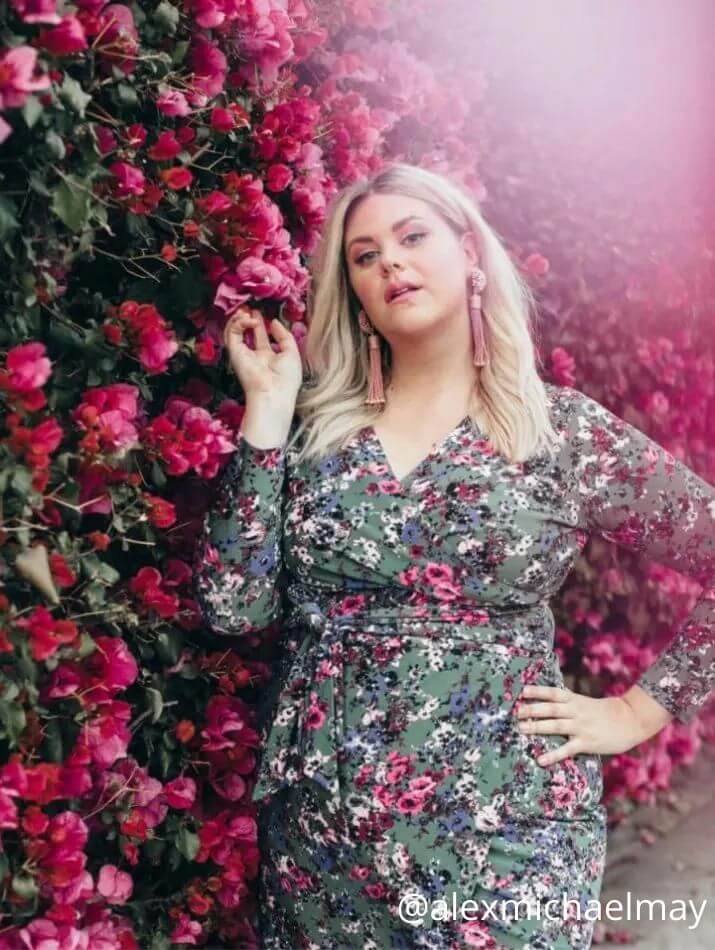
The 1970s heralded the dawn of the era of individualism which translated into novel, creative, and unconventional fashion trends. While the 60s presented scandalous trends like mini skirts, chain metal tops, bright patterns, etc., it was in the seventies when people truly started to embrace dressing comfortably, and as they pleased.
Especially, for women, the 70s represented a period when feminine freedom teetered between the career woman and the hippie-chic who lived outside the box. The bohemian dressing style gave people the freedom of expression that they were seeking. Bohemian dressing is a style in itself, and it is now evolving into an entire trend. The evolution of the boho dress style is apparent based on the contrast that exists between the early designs that served as the boho fashion inspiration for the styles' forerunners, and the modern boho style that exists today. Let's explore this progression and its evolution with an emphasis on the critical waves of change in the 70's that led to the introduction of more unconventional fashion trends.
What Is Boho Fashion?
The term bohemian in french roughly translates to the word gypsy. It was an attempt to describe a man or woman with the style of loose layers, ruffles, and free flowing clothes paired with convenient handmade bags, hats, and jewels that ultimately create a “less kept” look than the status quo may desire. There are different perspectives about the origin of Boho fashion. Some think that it evolved from the Romani nomadic communities in France, who due to their lifestyle wore numerous pieces of clothing which were loose, while others say it evolved as an expression of a section of the society who didn't want to follow the trends of the affluent. It was an expression of freedom from the conventional style of corsets or constraining clothing, and the people that adorned this style became the first fashion bloggers in the true sense of the word - unique, and self-made. Although, what sometimes is thought as a matter of choice, was really a matter of convenience for the nomads. They were refugees that were trying to live a life despite the harsh realities of their existence, and as a result of that didn't really care about ‘following the trends’. Because they weren’t patriotic to one place, they didn't need to assimilate that into the way they dressed.
Why Was The Bohemian Style Popular In the 70’s?
In the early 1970’s, Vogue proclaimed “There are no rules in the fashion game now”. The 70’s saw the birth of the indifferent, anti-conformist, casual chic approach to fashion. The fashion industry seemed to have embraced the changes that were happening in the society, especially the huge growth of women’s rights and the youth counterculture. They successfully adapted their design aesthetics to accommodate the changes that the market was aiming for. So to choose the bohemian style was a statement ‘I am adventurous and I am free, free to be me and free to choose me’. As for women, the 70’s was an era that empowered them to break away from the norm. The bohemian style was originally for the unconventional in life, so it only made sense that a woman choosing her own path would adorn the drapery and aesthetic delights of the people who found their own way in life.
What Was The 70’s Bohemian Style?
1970’s clothing carried on the traditional viewpoint of past bohemianism, merging it with fashion that represented a freethinking movement in society. It was clothing that was liberating with floral, and paisley prints, flowing dresses, and strong feminine styles. The designs were very much in contrast with the tight-fitted clothes of the 60’s. The style walked delicately between laid back, and ladylike. It was almost a perfect blend for the woman who is a little bit of everything - a mother, a lover, a businesswoman, an artist. From this free-flowing, sensual yet sophisticated clothing style evolved the current 'boho chic' style.